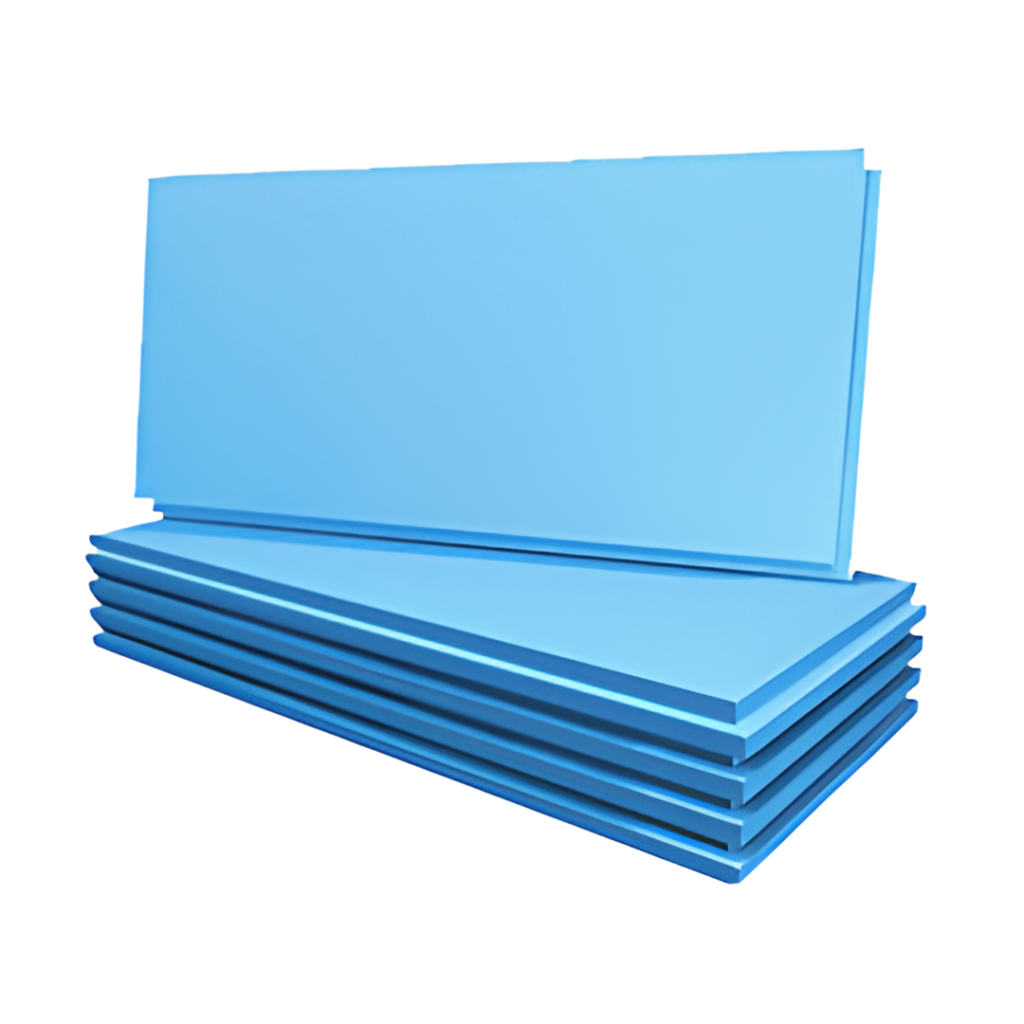
What is XPS Insulation?

What is XPS Insulation?
XPS Insulation Foam, a premium construction material, employs closed-cell polystyrene foam through extrusion for remarkable thermal insulation. It effectively curbs heat transfer due to low thermal conductivity, providing robust protection against divergent temperatures. Notably resistant to moisture, its closed-cell structure prevents water absorption and associated issues. Widely used in residential and commercial construction, XPS fortifies building envelopes, offering enduring performance for roofs, walls, and foundations in varied environments.
XPS Explanation:
XPS Board, is short for Extruded Polystyrene insulation. It is a preeminent thermal insulation material extensively employed in the construction sector. It is crafted from closed-cell polystyrene foam using an extrusion process. This process melds and forms the polystyrene polymer into a continuous rigid board marked by a uniform cellular arrangement.
The closed-cell configuration of XPS Foam confers upon it exceptional insulative properties. It effectively impedes the transfer of heat due to its low thermal conductivity. This attribute empowers XPS Board to function as a robust thermal barricade, curbing the movement of heat energy between divergent thermal environments.
In addition to its thermal prowess, XPS Thermal Bridging Foam also demonstrates noteworthy resistance to moisture. The closed-cell structure acts as a barrier against both liquid water and water vapor, rendering the material remarkably impervious to water absorption. This attribute not only maintains its insulating effectiveness but also prevents mold growth. Additionally, it plays a pivotal role in averting structural deterioration caused by moisture infiltration
XPS Foam finds extensive usage across residential and commercial construction realms. It is integrated as an essential constituent of building envelope systems, encompassing roofs, walls, and foundations. Its robustness, structural integrity, and enduring performance make it ideally suited for sustained deployment in diverse environmental contexts.
Moving on to the major types of XPS Boards:
1. Standard XPS Insulation Foam:
This is the most prevalent type, characterized by its remarkable thermal resistance and durability. It is well-suited for various construction applications, from roofing to below-grade insulation.
2. High-Density Rigid Foam Insulation:
Engineered for applications demanding greater compressive strength and load-bearing capacity. High-density XPS Board is utilized in scenarios where the insulation layer may experience substantial pressure. Pressure such as under heavy-duty flooring or for insulation on flat roofs where equipment might be placed.
3. Low-Density XPS Insulation Foam:
This variant is favored for its exceptional flexibility, making it suitable for curved surfaces and irregular geometries. It is often employed in architectural designs requiring unconventional shapes.
4. Flame-Retardant XPS Board Insulation:
This type incorporates flame-retardant additives during its production to enhance its fire resistance properties. It is commonly used in applications where adherence to stringent fire safety codes is necessary.
In essence, Thermal Insulation of XPS constitutes an advanced material lauded for its unmatched thermal insulation capabilities, courtesy of its closed-cell polystyrene foam composition. Its aptitude for curbing heat transfer and repelling moisture intrusion positions it as an indispensable asset in advancing energy efficiency and indoor comfort within building structures.












